New Year in top countries for international students
November 11, 2017
EasyUni Staff
United States of America (USA)

(Photo: https://www.flickr.com/people/76807015@N03/)
The most popular tradition is the 'ball drop' in Times Square, New York. Started in 1907, thousands of spectators flock to watch the ball as it makes its one-minute descent starting at 11.59pm.
Another famous tradition is the Hoppin' John – black-eyed peas and ham hocks, a famous dish from the south. People consider this food lucky, as an old saying goes, “Eat peas on New Year's day to have plenty of everything the rest of the year.” Some people believe that the greens represent paper money, while the black-eyed peas are coins and eating them will ensure a prosperous year
UNITED KINGDOM (UK)
Brits also come together during the new year and watch fantastic fireworks from the London Eye, as Big Ben strikes 12.
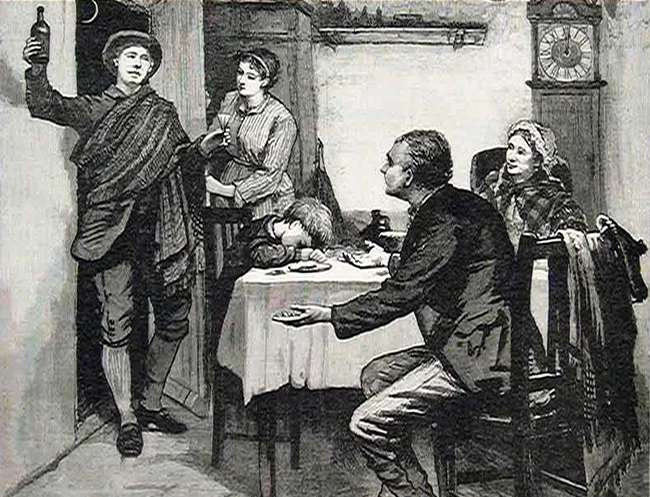
They also believe that their first guest, would bring fortune for the year – a tradition known as the 'First Footing'. However, there are specific requirements: male, tall, and good-looking. He should bring traditional gifts: loaf for the kitchen, a bottle of whiskey
FRANCE
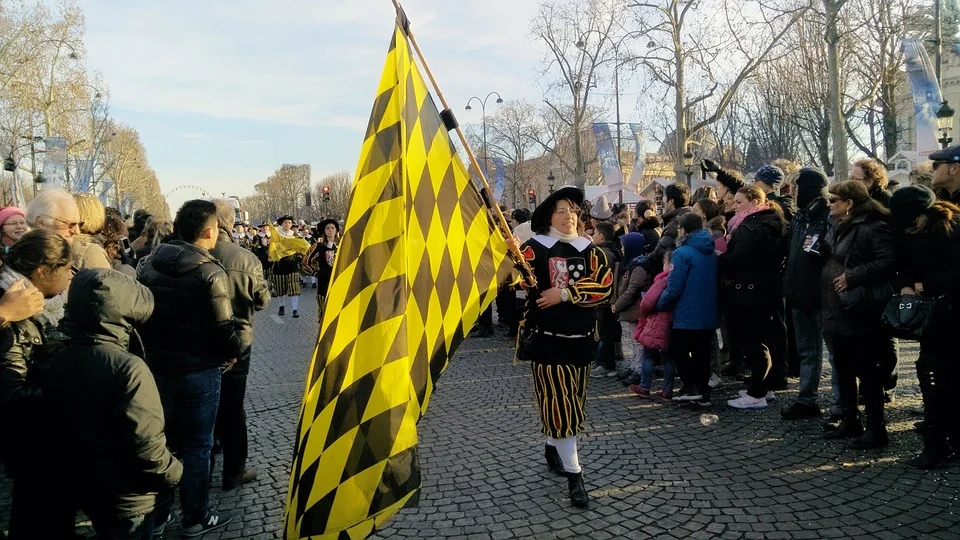
Le Jour de l’An as French calls this day, celebrates la Saint- Sylvestre, or
AUSTRALIA

Being one of the first nations to welcome the new year, Australia celebrates this day with a bang starting with an impressive fireworks display known as The Midnight Fireworks by the Sydney Harbour Bridge which attracts 1.5-2 million spectators. The skyline sparkles in other happening venues such as Gloucester Park, a racecourse in central Perth, and Brisbane's Southbank.
It is also a tradition to go to church with their families. The church welcomes the New Year by ringing the bells twelve times on New Year’s Eve. Once the bells ring, families cheer and make noises using various objects such as whistles and rattles, and car horns.
GERMANY

(Photo: https://www.flickr.com/photos/wrobel/)
Aside from serving Jam-filled doughnuts (called Berliners) with and without liquor, a tiny marzipan pig is consumed for more good luck, and sharing Speckdicken - a dish that looks like a pancake with dark molasses, summer sausage, and bacon in the center, to their
RUSSIA
Russians end their year listening to the Kremlin clock bell ringing 12 times, followed by the national anthem. In addition, houses believe that when an unexpected male visitor arrives on 1 January, the year will be good.
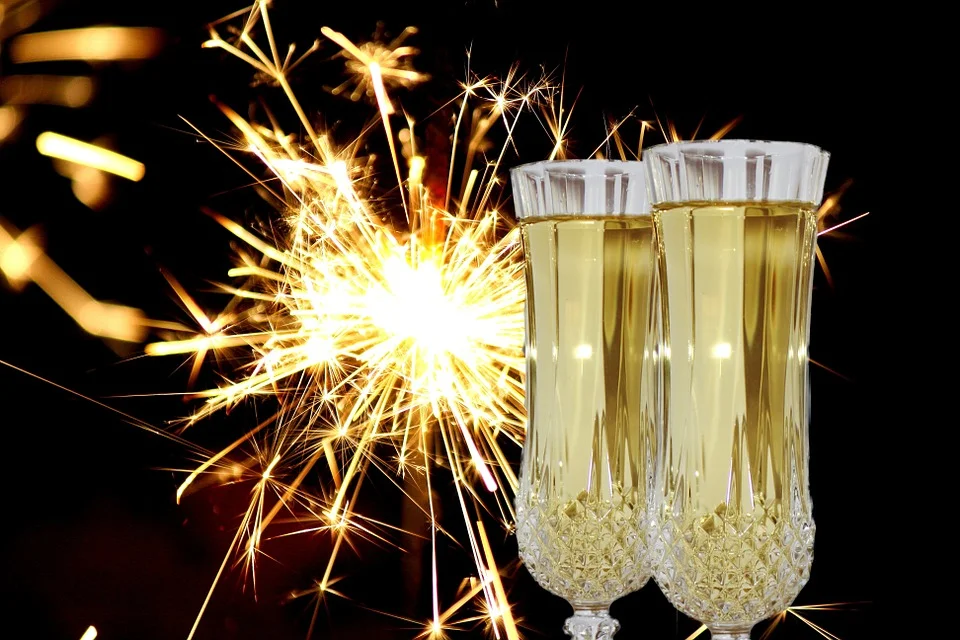
Another popular tradition is writing down a wish
JAPAN
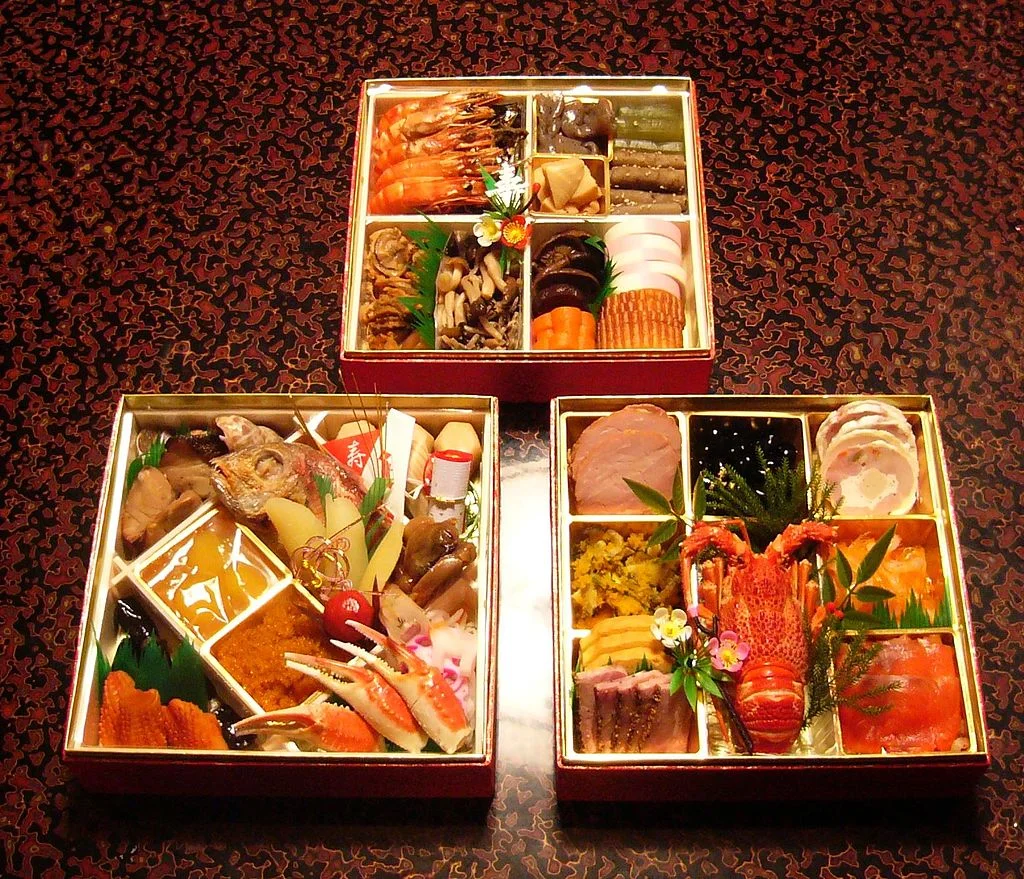
To ward off evil spirits and bring good fortune, Japanese practice Shimenawa when they hang
CANADA
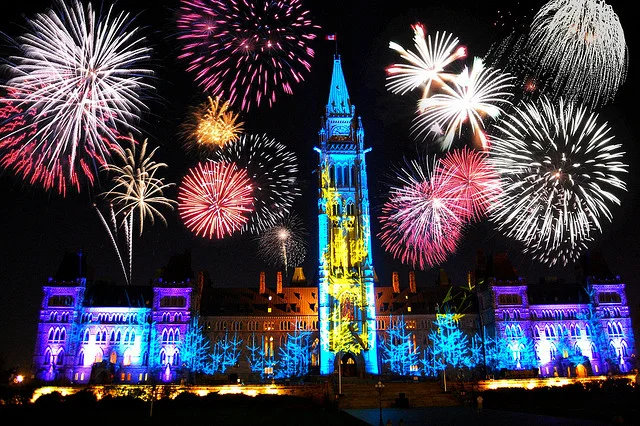
Aside from concerts, late-night partying, sporting events, and fireworks, Canadians celebrate the New Year with loud noise - clapping and roaring at midnight to sway away past evils and negative energy. Kissing in the midnight is also a tradition in Canada - a traditional way to show love and sending well
CHINA
Following the Lunar Calendar, the Chinese Community celebrates their new year after 1 January. Also called as The Spring Festival, it is the grandest celebration for the community. Celebrated until the eve of the Lantern Festival (15th day of the first lunar calendar month), families gather together for grand reunion dinners. They also clean the house to 'sweep away' ill-fortune and make space for good luck. Windows and doors are decorated with red paper-cuts and couplets with symbols of peace, prosperity, and luck, matched with fancy lights. Fireworks also make the celebration as they believe that by doing this, they ward off evil spirits and negative energy. Children also get money (
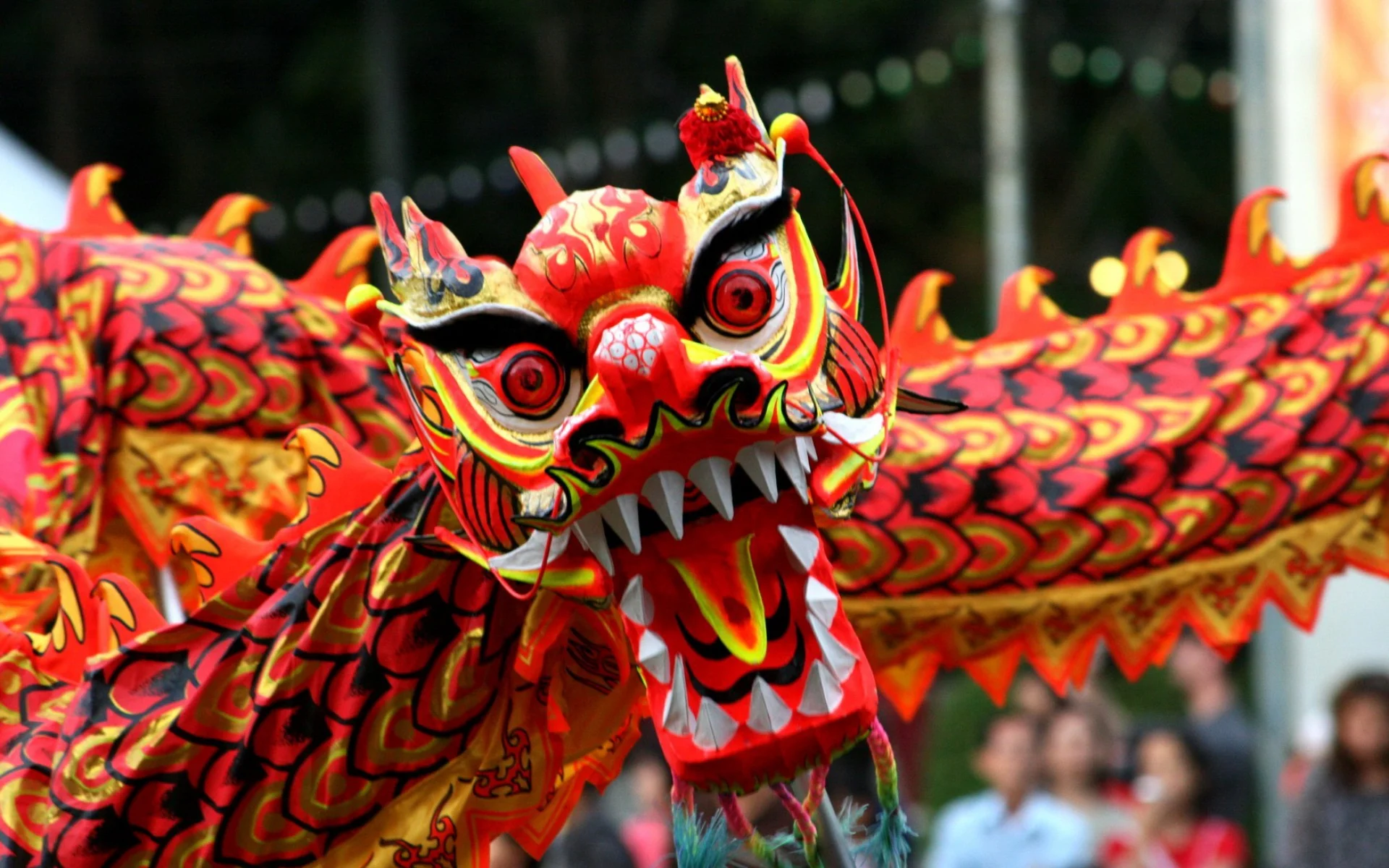
Dragon and lion dances are also common during this celebration as it also believed that the loud beats of the drum and cymbals, with the fierce faces of the dragon and the lion can shoo away bad spirits.
These traditions are also celebrated in countries with big Chinese communities such as Taiwan, Singapore, Thailand, Cambodia, Indonesia, Malaysia, Mauritius
ITALY

Italians observe
Dinner with family and friends include zampone or cotechino (a meal made with pig's trotters or entrails), and lentils. By midnight, fireworks mark the new year, with a spoonful of lentil (which represents gold or coins) stew is eaten every time the church bell rings.
You might be interested in...
- Sunway University launches New Medical School to transform Healthcare Education
- What to Do After IGCSE/O-Level? Best Study Pathways in Malaysia
- Xiamen University Malaysia Scholarships for International Students in 2025
- Why AI in Education Matters?
- EdUHK Wins Grand Prize at iCAN 2024 Achieves the Best Performance among Hong Kong Universities
- Sunway University Ranked Malaysia's No. 1 Private University in 2025
- A Sunway University Student's Journey from Cerebral Palsy to Graduation
- APU Dominates the 2024 Private Education Excellence Awards with Dual Wins
- The Young & the Wired: How Youth are Redefining the Digital Era?
- Promoting Inclusivity at Malaysian Universities: Tips for Malaysian and International Students
 +60142521561
+60142521561





